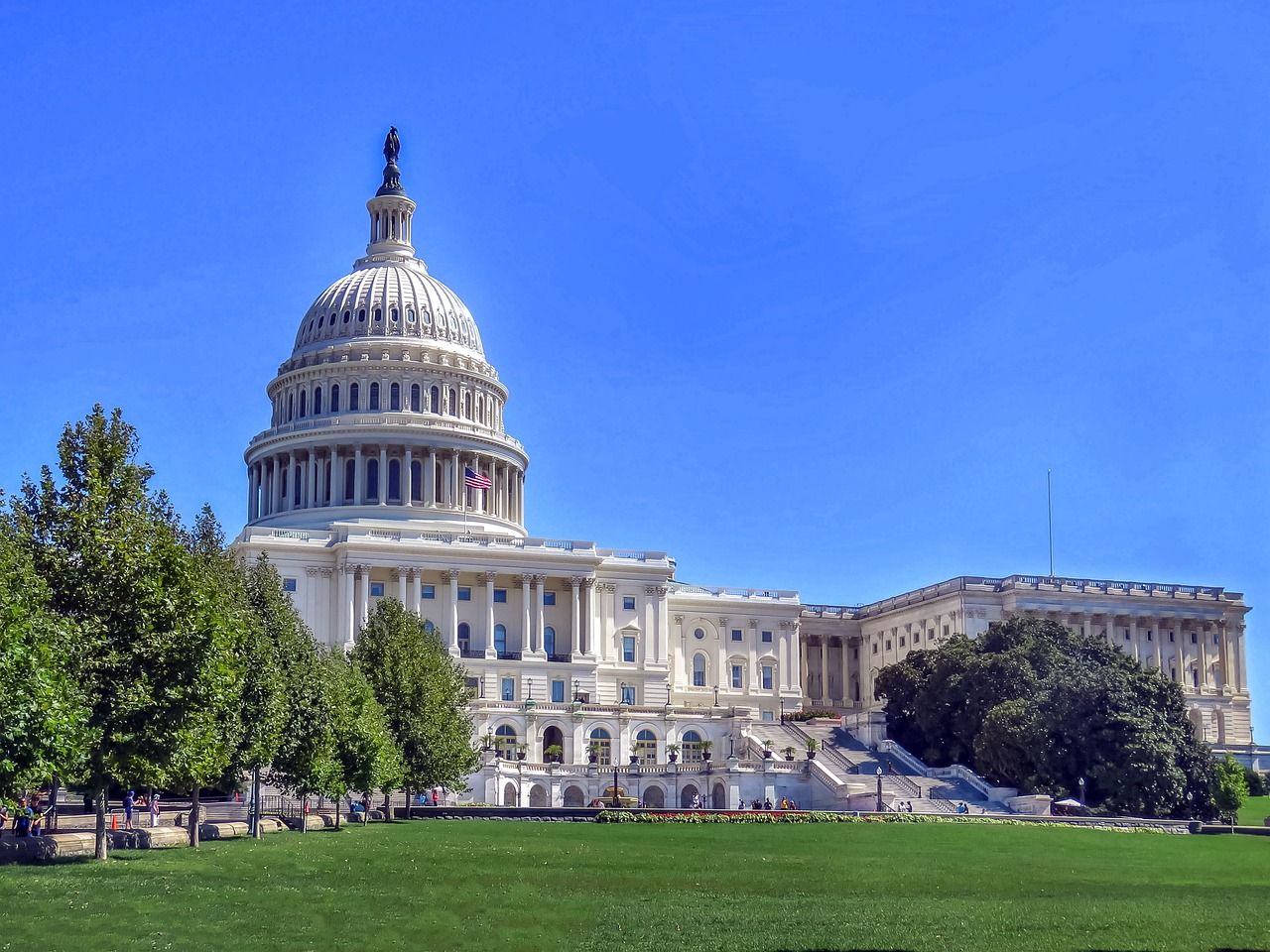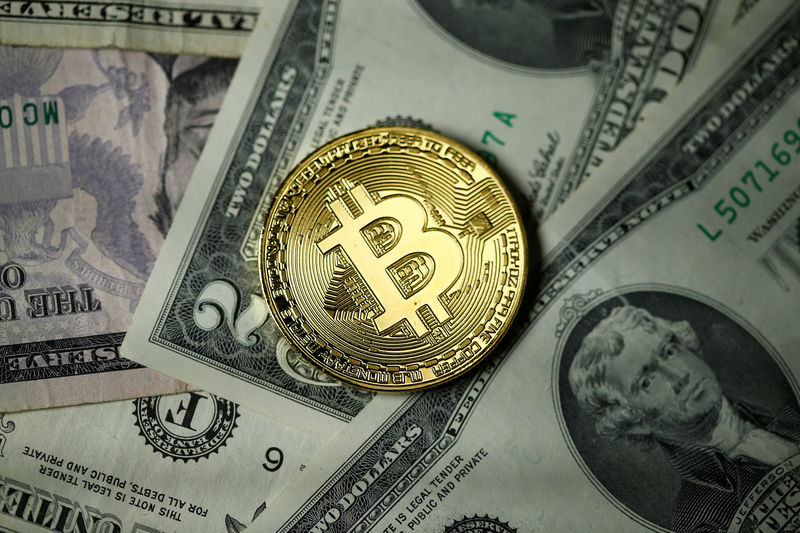Summary:
Bitcoin prices have surged since Trump's election, raising speculation about future growth.
Concerns over stagflation in 2025 could boost Bitcoin's price.
U.S. debt has surpassed $34 trillion, driven by pandemic-related spending.
Experts warn of potential economic death spiral amid rising inflation.
The performance of Bitcoin in a stagflation scenario could depend on fiscal and monetary policies.
The Bitcoin Surge and Potential Stagflation
Bitcoin and crypto prices have seen a significant rise following the election of U.S. President Donald Trump, with speculation that this trend may continue as concerns grow over potential stagflation in 2025.

Inflation Concerns
Fear of inflation returning has led to questions about a stagflation scenario, which combines low economic growth with persistent high inflation. According to Chris Kuiper, research director at Fidelity Digital Assets, current inflation measures remain stubbornly high, resisting the Federal Reserve's target of 2%.
"The possibility of inflation returning in a second wave is real, especially with large fiscal deficits and a Fed now cutting rates," Kuiper warns.
U.S. Debt Surges
The U.S. debt has skyrocketed to over $34 trillion, exacerbated by stimulus measures during the COVID-19 pandemic, which contributed to spiraling inflation in 2022. The Fed's aggressive rate hikes to combat inflation have raised concerns about a potential economic death spiral.
Warnings from Experts
Notable figures such as Jamie Dimon, CEO of JPMorgan, and Chamath Palihapitiya, a tech investor, have mentioned the looming threat of stagflation, indicating that rising prices coupled with a weakening labor market could signal trouble ahead.
Market Reactions and Predictions
Recent job data has shown unexpected strength, complicating the Fed's interest rate decisions. According to James Toledano, COO at Unity Wallet, these developments may weigh heavily on speculative assets like Bitcoin, as fears of prolonged inflation influence liquidity in risk-driven markets.
Looking Ahead
As traders anticipate the Fed's next moves, the performance of Bitcoin in a stagflation environment may depend on the government's fiscal and monetary responses. Kuiper suggests that if authorities adopt aggressive measures to combat stagflation, Bitcoin could thrive, similar to how gold performed during the stagflation of the 1970s and early 1980s.
Conclusion
With the next CPI report expected to show inflation rising slightly, the landscape for Bitcoin remains dynamic and uncertain, making it a focal point for both investors and analysts alike.








Comments